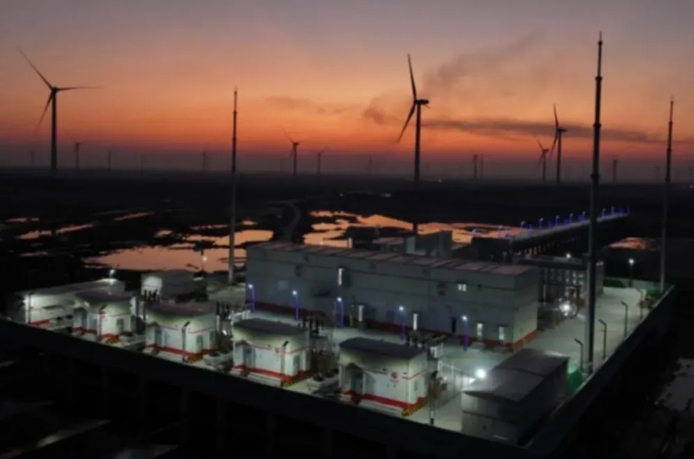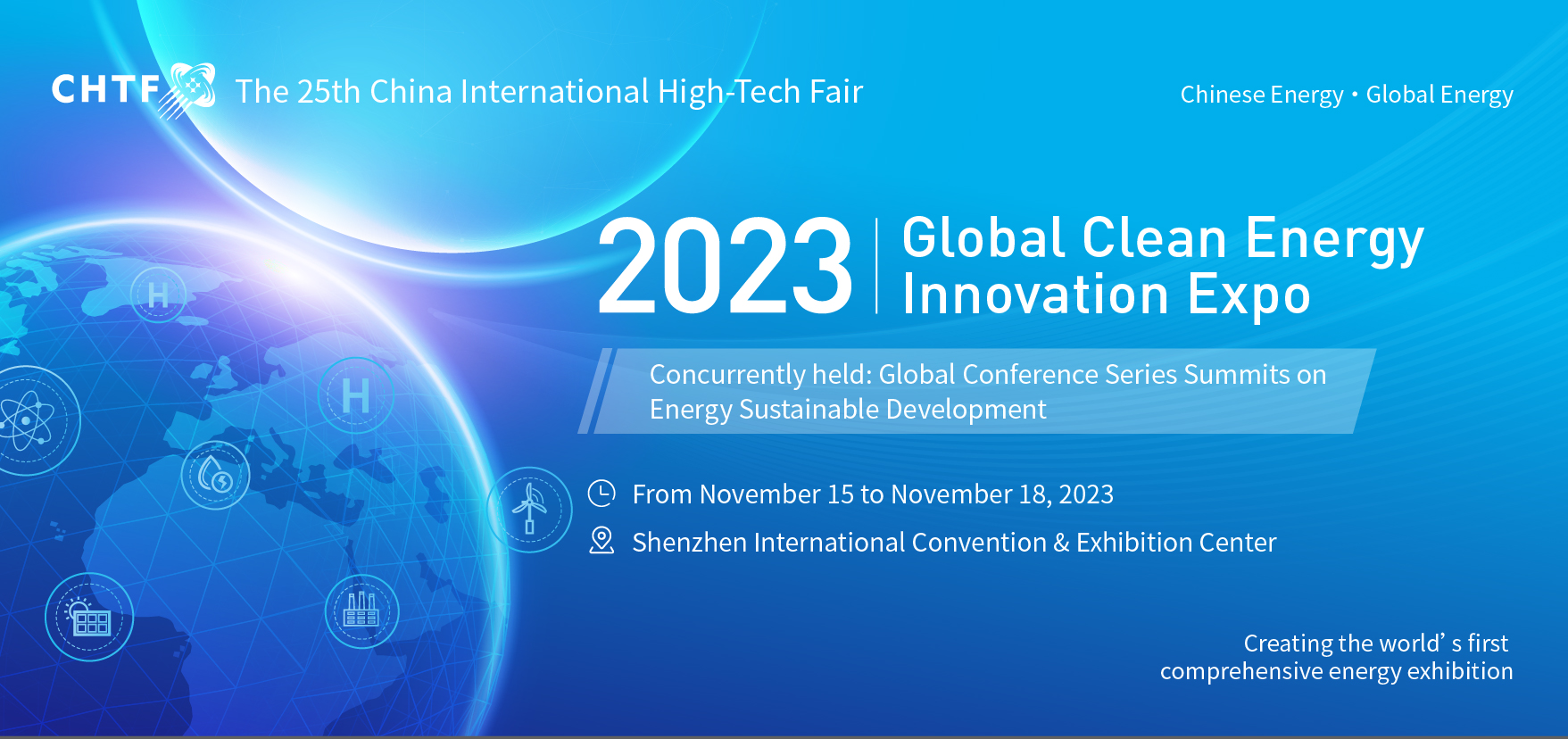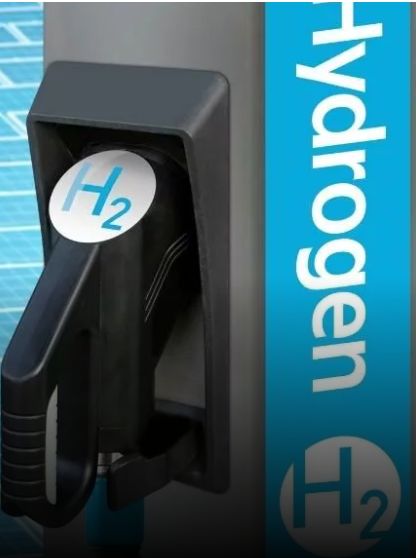
The largest of its kind in China, the energy farm is officially known as the Rudong offshore photovoltaic-hydrogen energy storage project.
“It has been successfully connected to the grid and began operations on 31 December 2024, in Rudong County, Jiangsu Province, operator CHN Energy said.
The 400-megawatt project, spanning 287 hectares (4,300 mu), incorporates a newly constructed 220 kV onshore booster station, a 60 MW/120 MWh energy storage facility, and a hydrogen production and refuelling station with a capacity of 1,500 cubic meters per hour and 500 kilograms per day, respectively. Part of China’s third batch of Desert, Gobi and Rocky Areas Mega Wind and Solar Base Projects, the Rudong facility is expected to generate approximately 468 million kilowatt-hours of electricity annually.
“This groundbreaking project, located on the coastal tidal flats of the Yudong Reclamation Area in Rudong County, marks a significant milestone as China’s first integrated offshore facility combining PV power generation, hydrogen production and refuelling, and energy storage, all within a framework of comprehensive energy utilisation and coastal ecological restoration,” the company added.
CHN Energy said the project offers substantial environmental benefits, projected to reduce annual carbon dioxide emissions by approximately 309,400 tons, sulphur dioxide emissions by 562.6 tons, and nitrogen dioxide emissions by 1,125.3 tons.
“These reductions would contribute significantly to local ecological protection and promote green, low-carbon development,” it added. “By leveraging coastal tidal flat resources and employing advanced PV technologies and intelligent control systems, the project maximizes energy conversion and storage efficiency. Furthermore, hydrogen production via water electrolysis would enhances overall energy efficiency.”
Once fully operational in 2025, the project is expected to generate an average of 468 million kilowatt-hours of electricity annually, equivalent to saving approximately 151,000 tonnes of standard coal each year.
“By integrating hydrogen production through water electrolysis, the overall energy utilization efficiency is further enhanced,” CHN Energy explained. “This innovative approach not only bolsters the peak-shaving capacity of the regional power grid but also significantly improves the stability of the electricity supply.”





